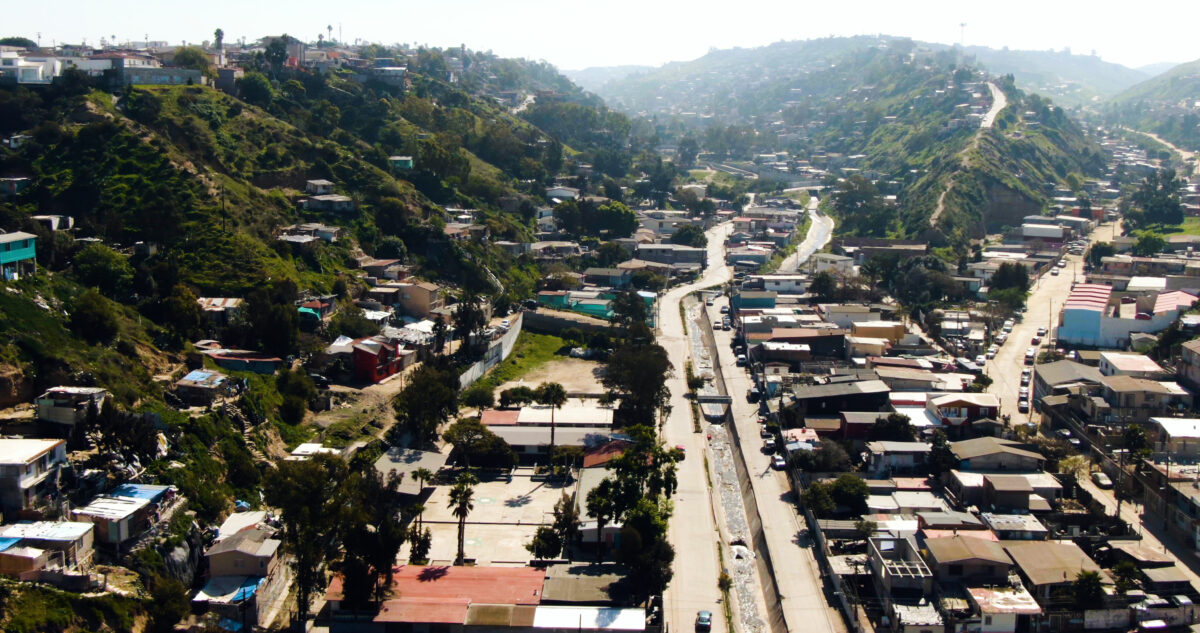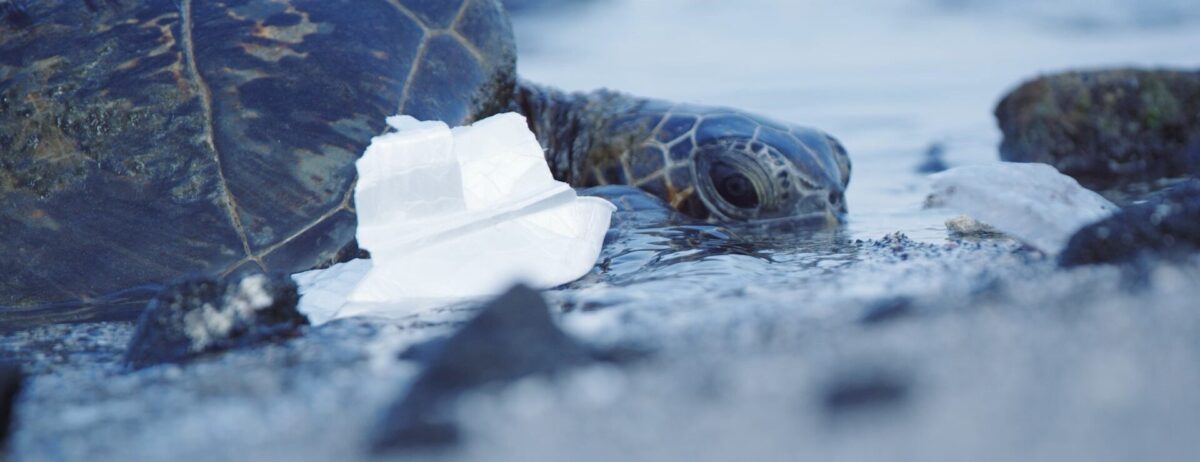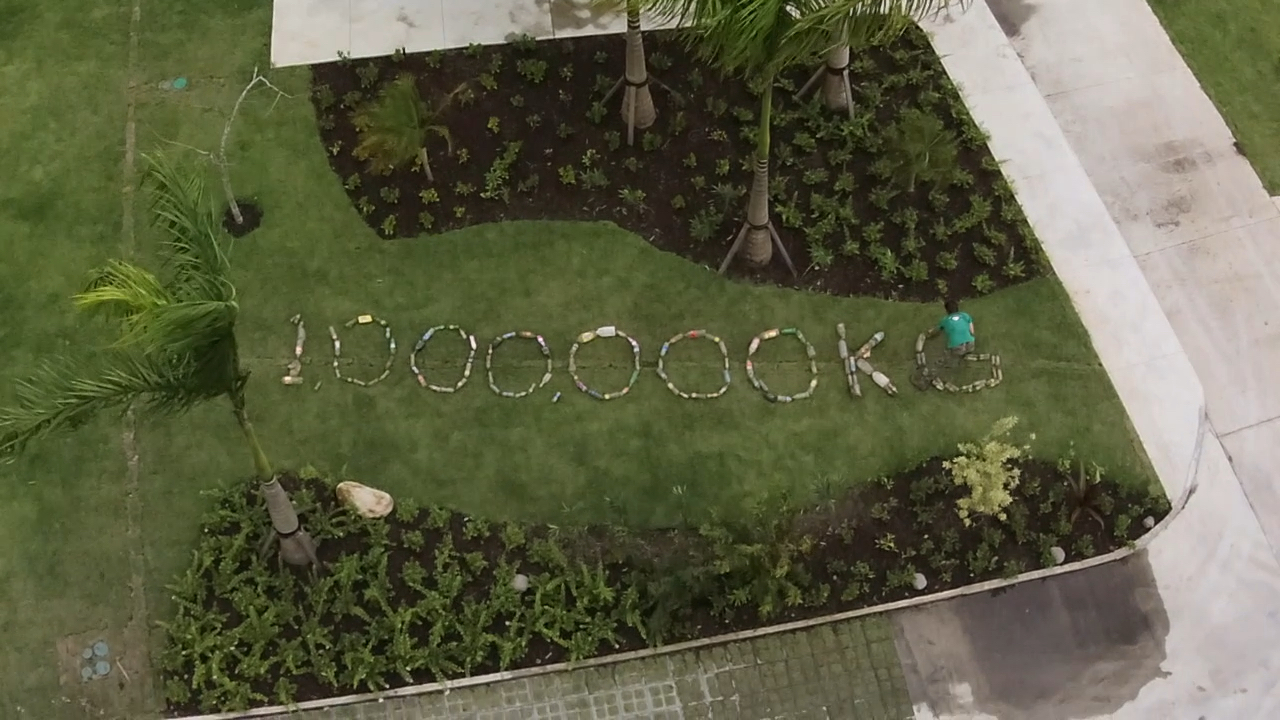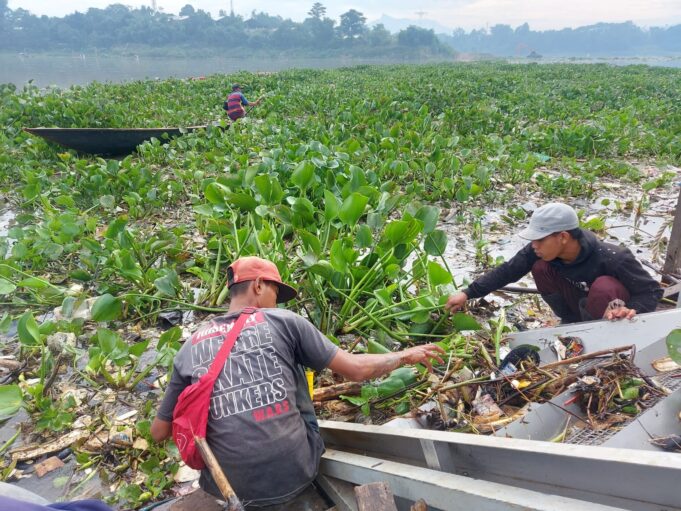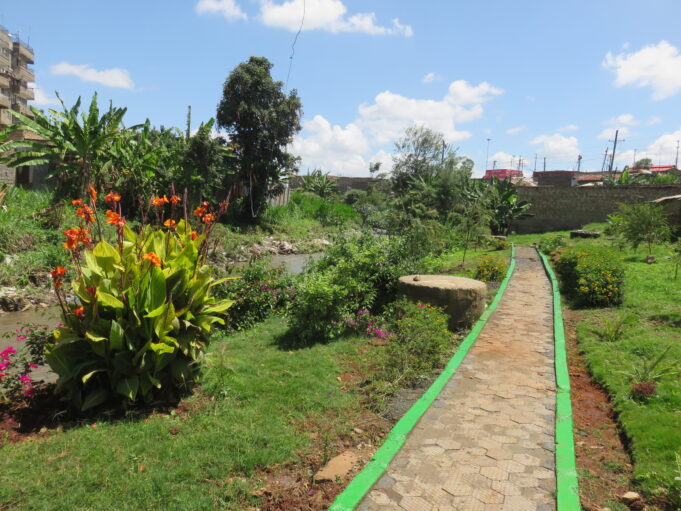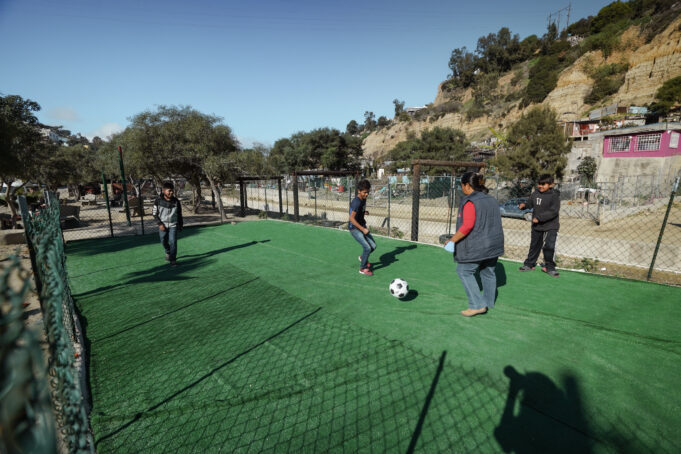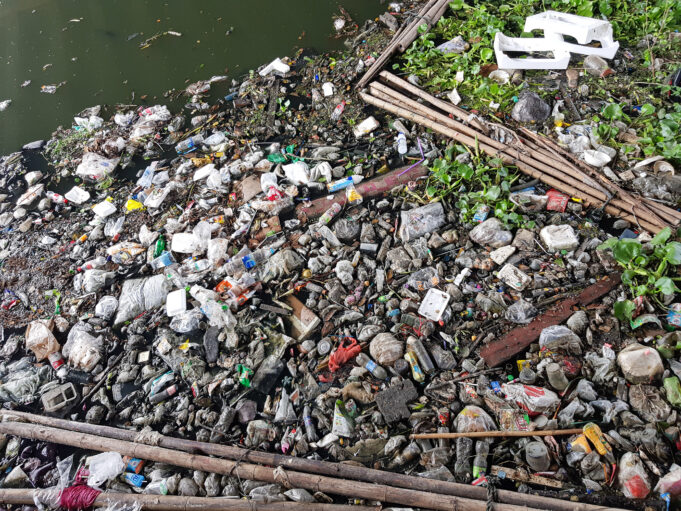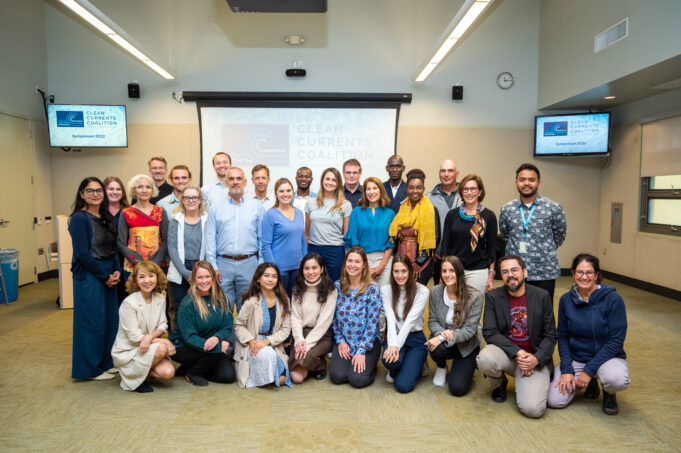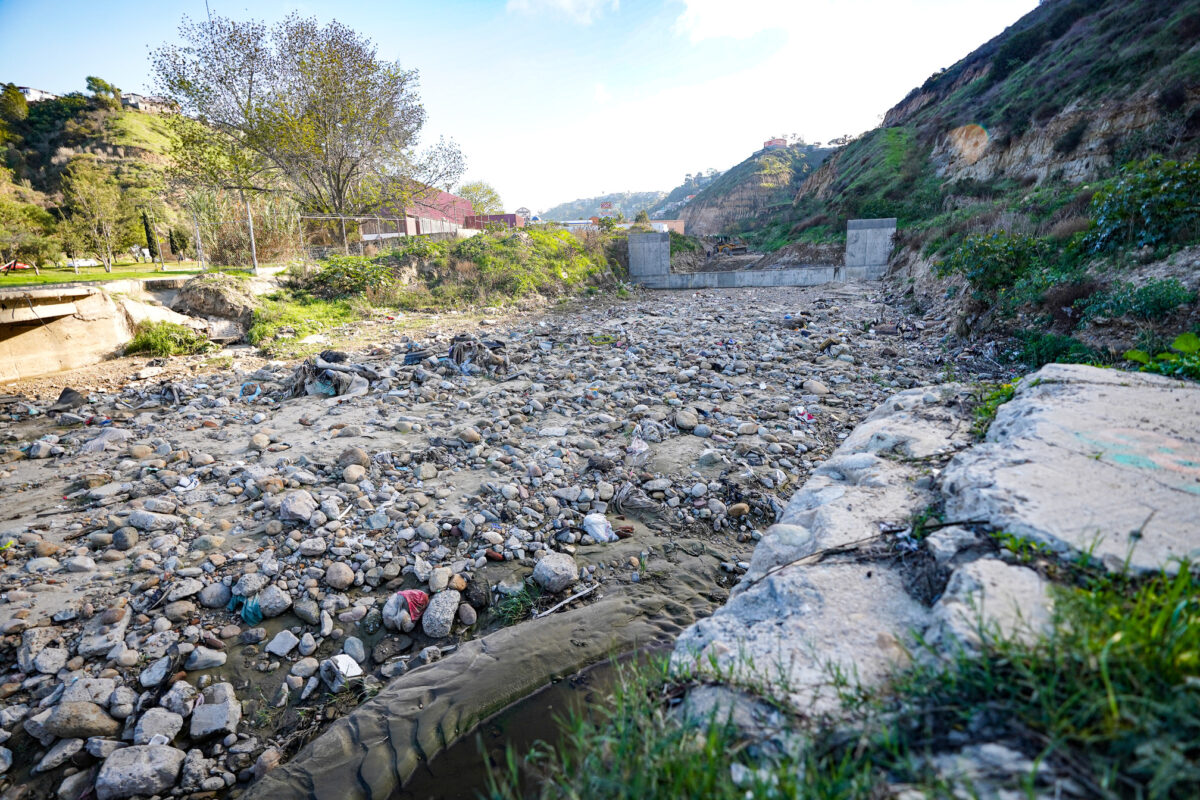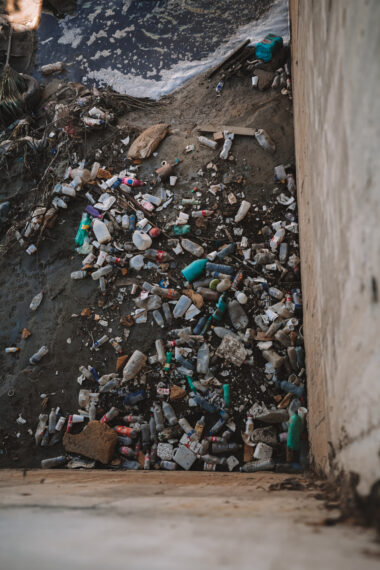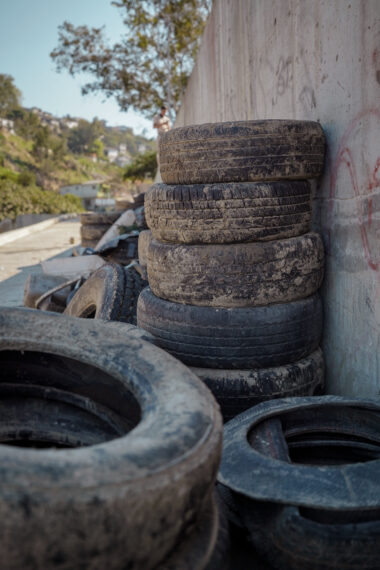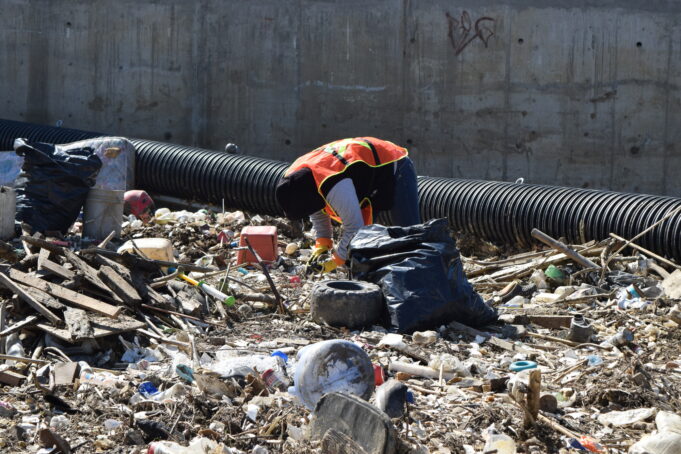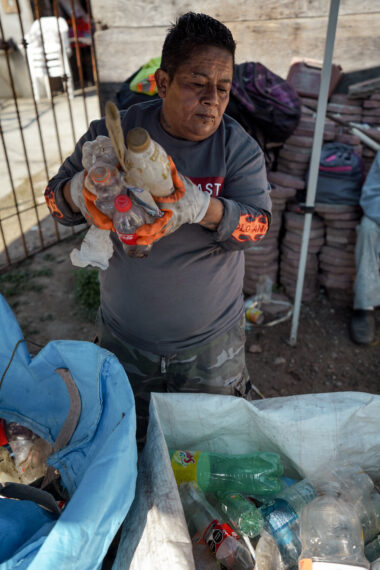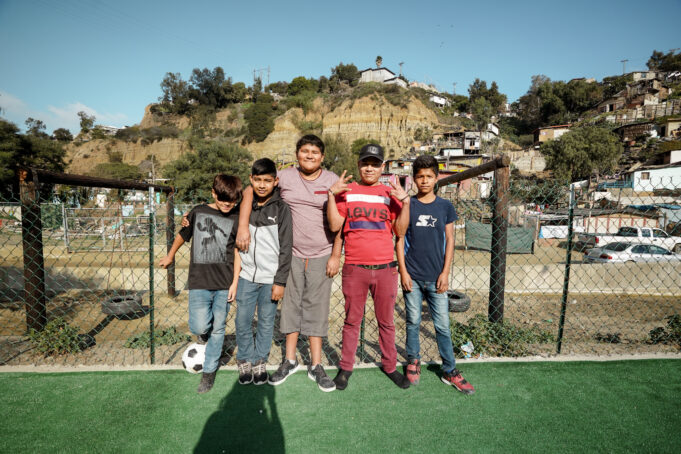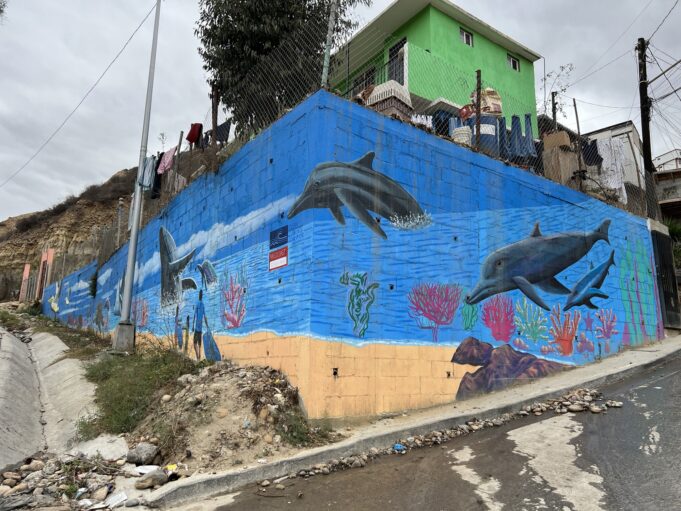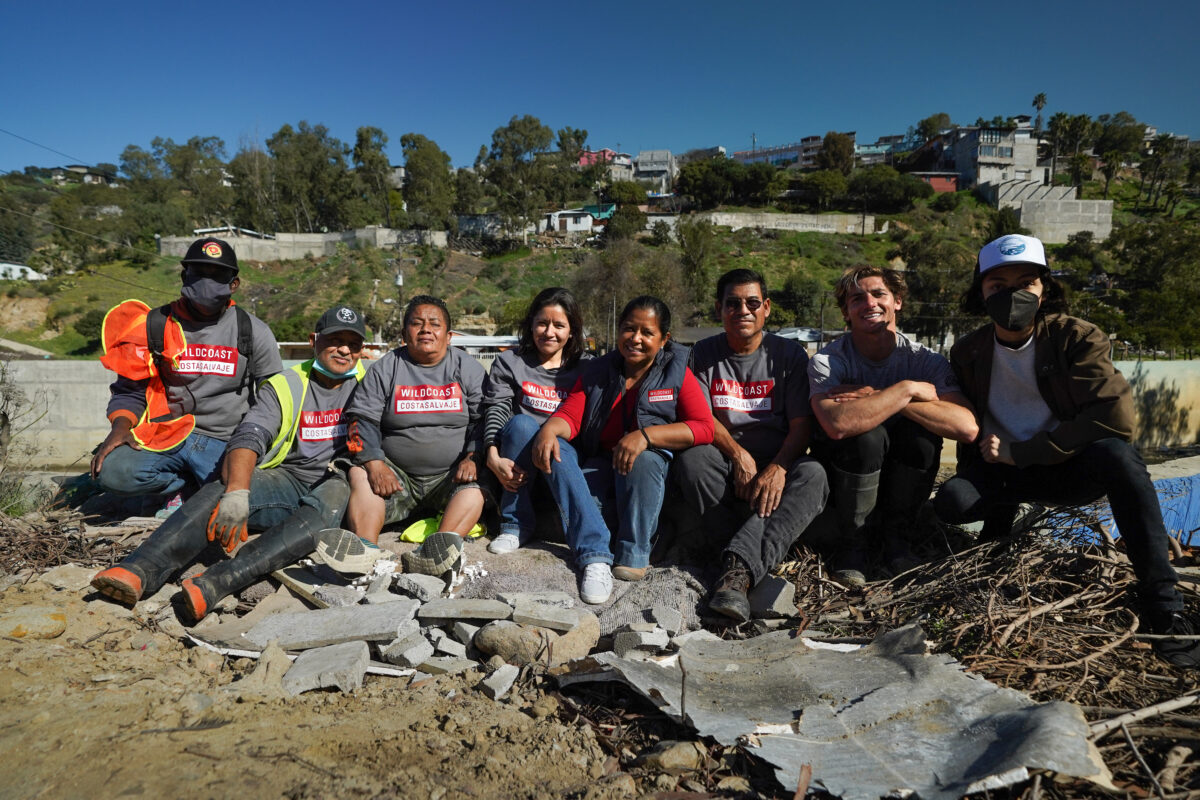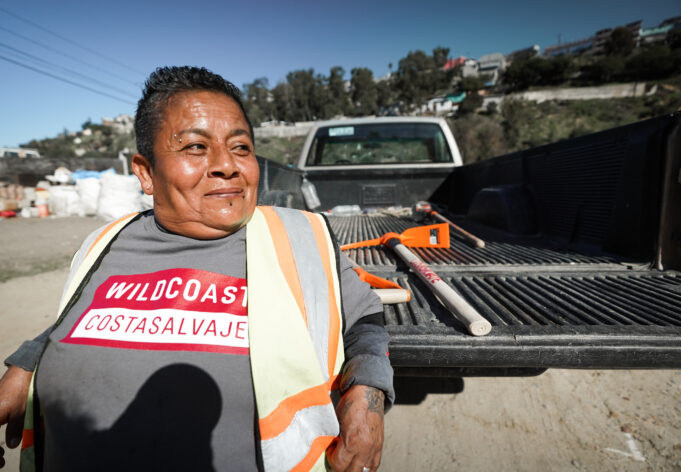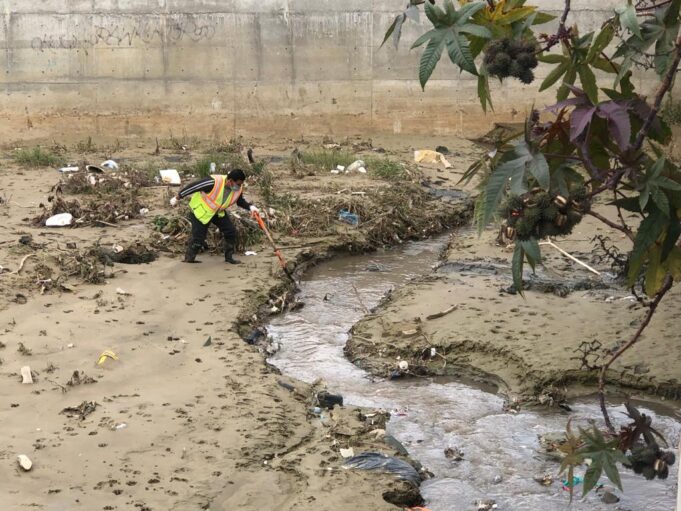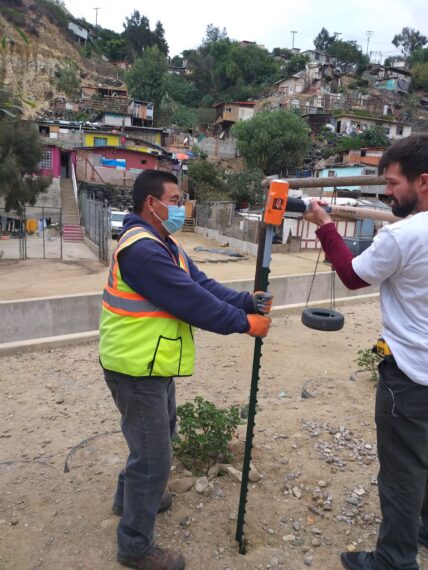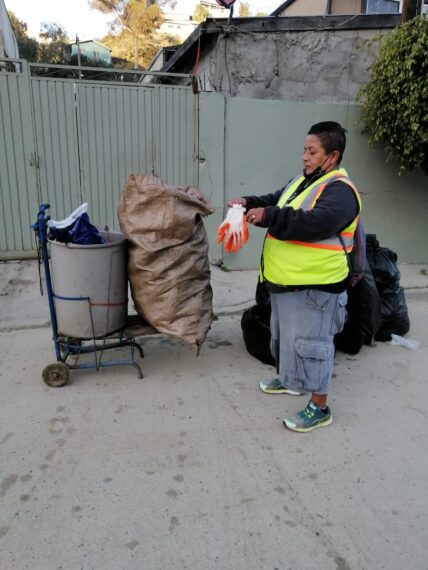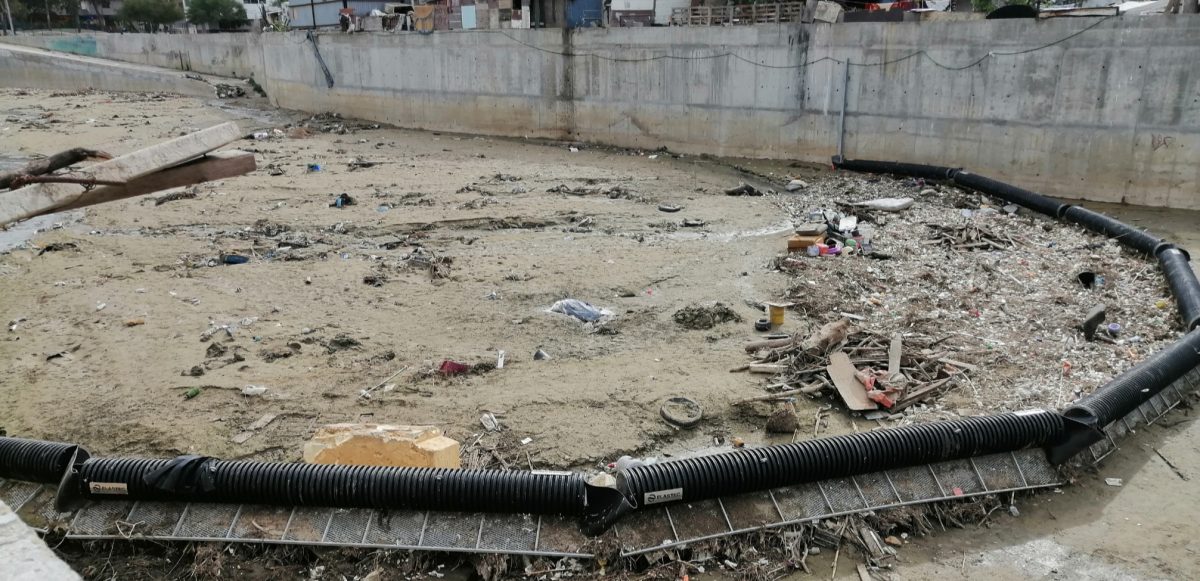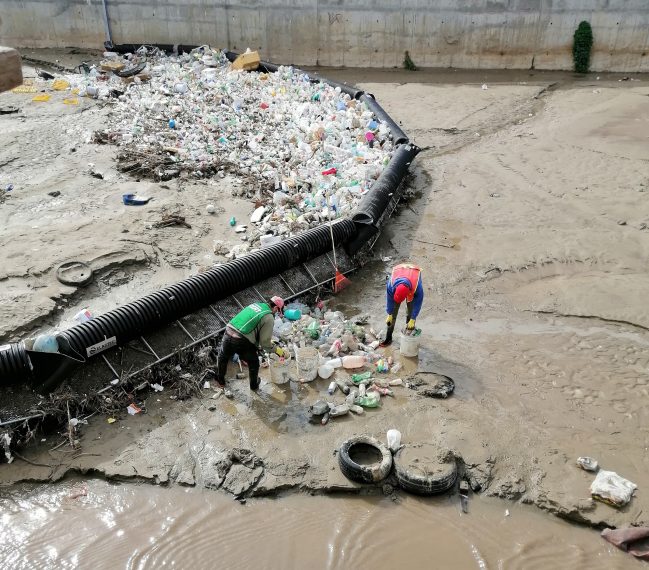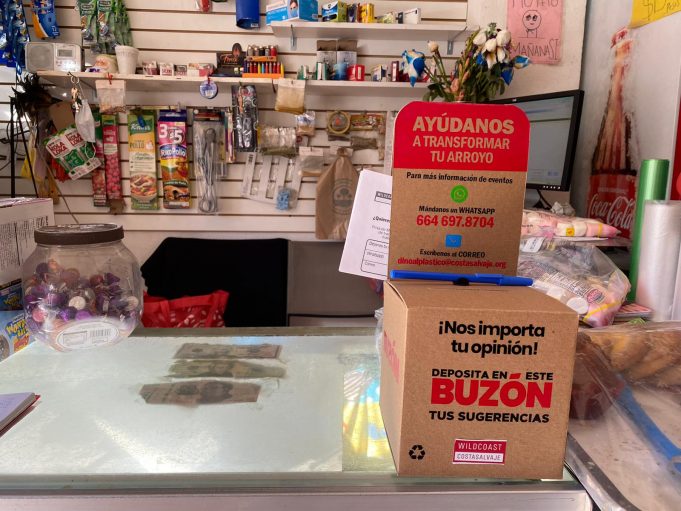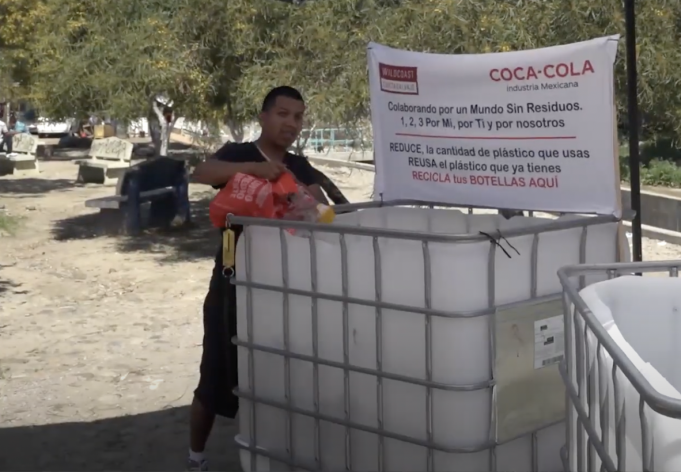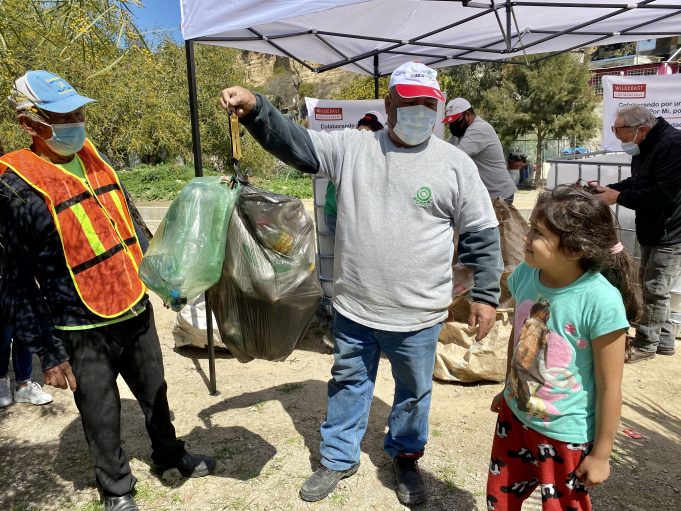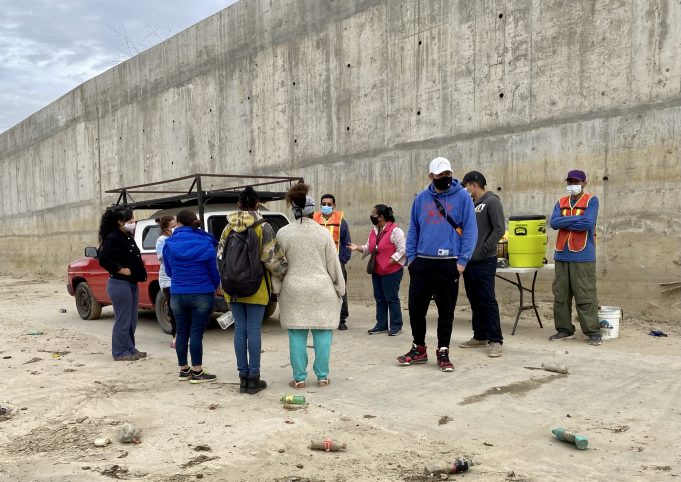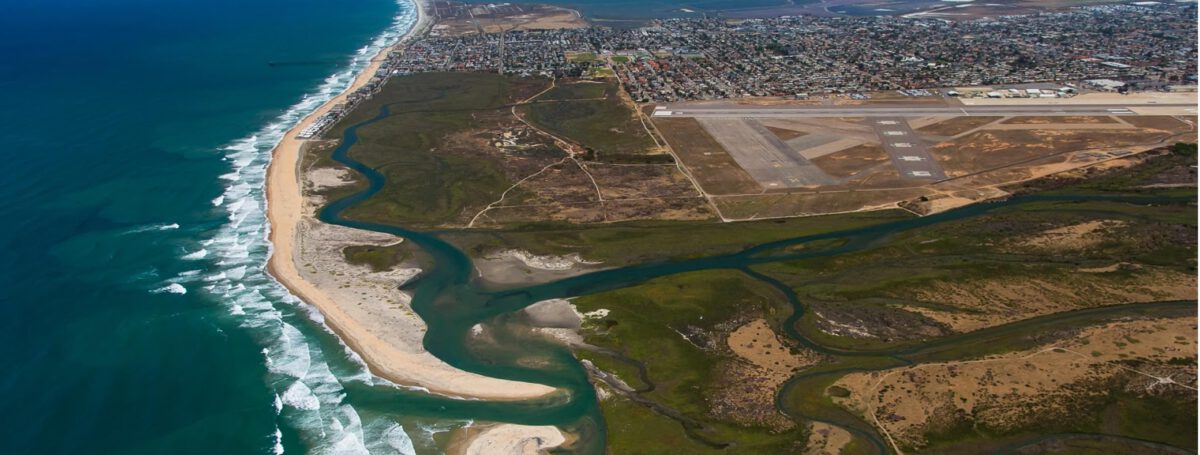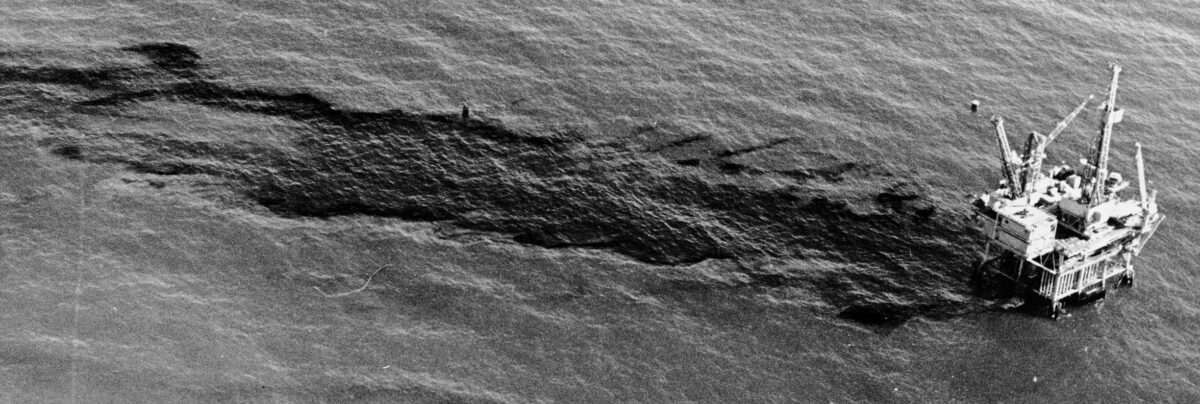Joining the international effort of the Clean Currents Coalition to halt plastic pollution from reaching the ocean has been an enlightening journey for WILDCOAST. It’s led us from understanding basic technology for installing retention systems to devising innovative strategies that engage communities in Tijuana to clean up, recycle, and expand these initiatives, particularly in underserved neighborhoods.
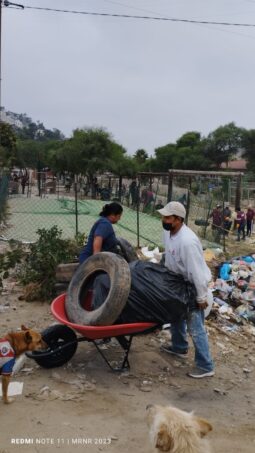
At WILDCOAST, we’re committed to preserving coastal and marine ecosystems while tackling climate change—a collective mission that involves everyone, irrespective of location. Emphasizing nature-based solutions, we’ve recognized that combatting plastic pollution involves every individual’s actions and decision-making processes. As people realize their power to choose, they contribute to a collective effort in reducing plastic consumption.
After three years of focused work, initially within the Los Laureles Canyon community and later expanding to various neighborhoods across Tijuana, operating on circular economy principles, we’ve learned invaluable lessons for future community interventions:
- Emphasize teamwork and coordination to execute activities efficiently without duplicating efforts.
- Prioritize community knowledge and resources to facilitate the creation of localized strategies.
- Remain flexible in operational schedules to address community needs promptly.
- Strategically manage limited resources in collaboration with the community.
- Forge strategic alliances to maximize project efficiency and outreach.
- Focus on local work for environmental improvement while navigating governmental authorization processes.
- Implement waste management education tailored to each community’s needs.
- Develop a media strategy to amplify the program’s message regionally and nationally.
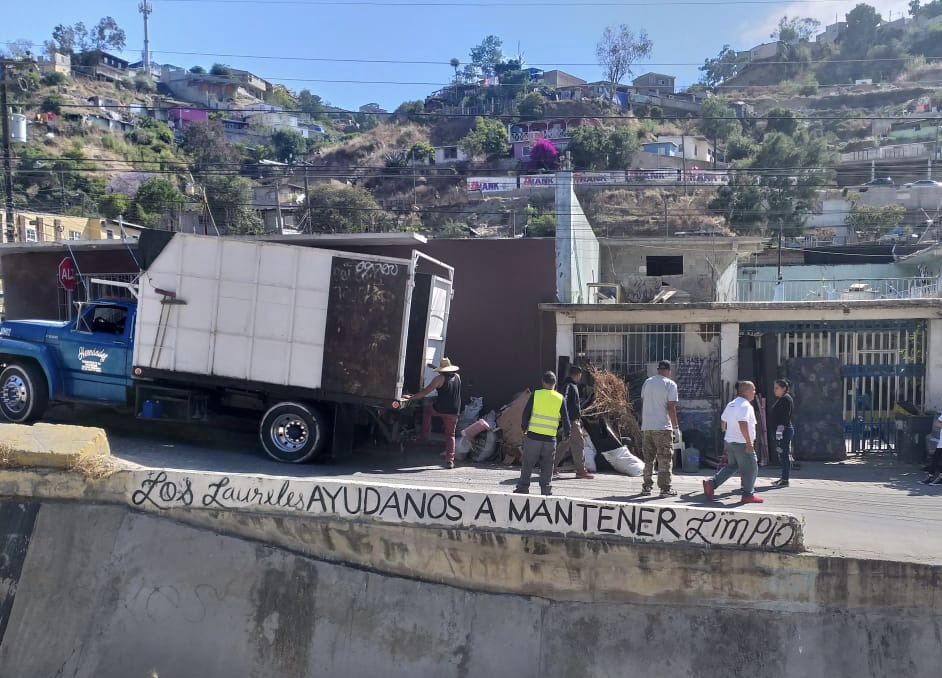
In conclusion, the challenges encountered in Tijuana have spurred creativity and reinforced the formation of inclusive teams, uniting individuals and organizations in the shared purpose of preventing further plastic pollution and its impact on public health and oceans. Collaborative efforts have significantly amplified our impact in the border region between the United States and Mexico.
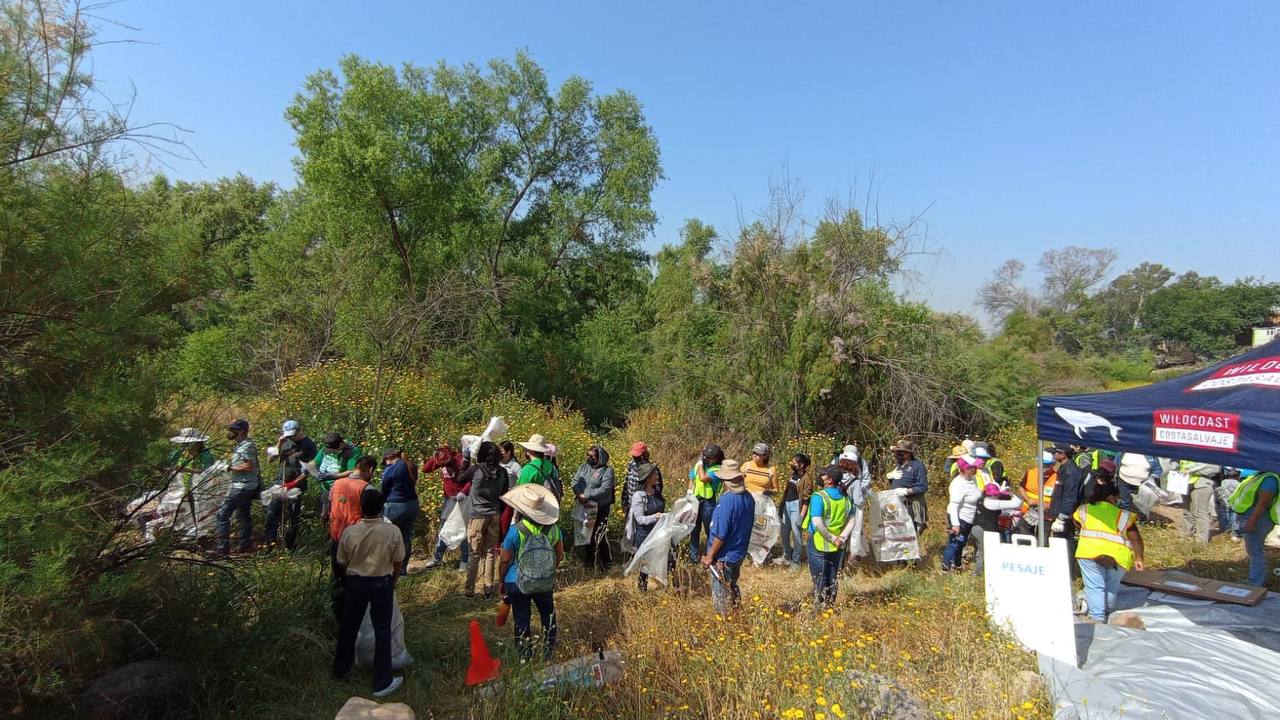
We extend our heartfelt gratitude to the Coalition for its unwavering support and the friendships forged, and to the diverse communities of Tijuana, whose experiences have been invaluable in our journey.
